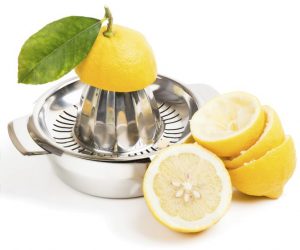How to Clean Laundry Exposed to Covid-19 (Coronavirus)


We’ve all heard how important it is to wash our hands and clean surfaces that come in contact with Covid-19 (Coronavirus) but what about our clothes, linens and towels that we deal with daily? It’s imperative that we remember to clean those items as well and clean them correctly. Below are the proper steps to cleaning those items – according to the CDC guidelines – https://www.cdc.gov/coronavirus/2019-ncov/prepare/cleaning-disinfection.html
Clothing, Towels, Linens and Other Items
- Wear disposable gloves when handling dirty laundry from an ill person and then discard after each use. If using reusable gloves, those gloves should be dedicated for cleaning and disinfection of surfaces for COVID-19 and should not be used for other household purposes. Clean hands immediately after gloves are removed.
- If no gloves are used when handling dirty laundry, be sure to wash hands afterwards.
- If possible, do not shake dirty laundry. This will minimize the possibility of dispersing the virus through the air.
- Launder items as appropriate in accordance with the manufacturer’s instructions. If possible, launder items using the warmest appropriate water setting for the items and dry items completely. Dirty laundry from an ill person can be washed with other people’s items.
- Clean and disinfect clothes hampers. If possible, consider placing a bag liner that is either disposable (can be thrown away) or can be laundered.






























